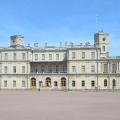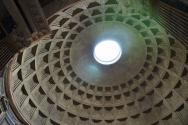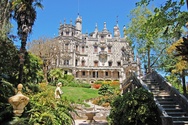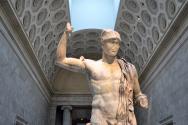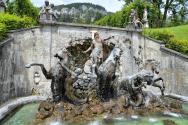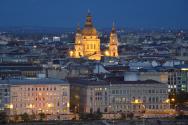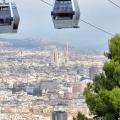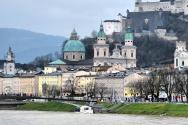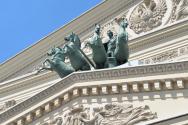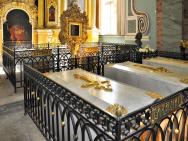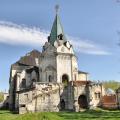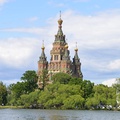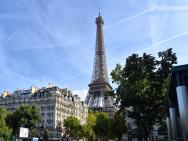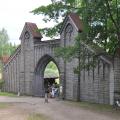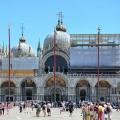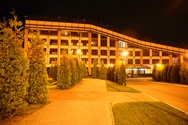0
Countries
Start marking places as "Been Here" to see how many countries you have visited
Browse countriesWies Church
Foundation of the Weis church was caused by the pilgrimage to the statue depicting the scene of flagellation of the Saviour. The statue was created in 1730 in the Steingaden Abbey. In 1738 the sculpture came in sight at the farm in the village of Weis. The farmer's wife noticed some liquid in the eyes of the statue which she took for tears. The news about this wonder attracted pilgrims into the village for whom the chapel was built.
In 1744 the wonder in the village of Weis was officially recognized by the Church and pilgrims began to arrive increasingly. A new building of the Weis church had been constructed from 1745 to 1754. Its architects were brothers Johann and Dominik Zimmermann. Construction was financed by the Steingaden Abbey. But the expenses were huge so the abbey could not get over them up to secularization in 1803.
The Weis church is built in Rococo style. However its exterior is exceptionally modest as that of common village churches. According to the architect's plan a pilgrim entering the church should be impressed by the contrast of its exterior and interior view. And it is exactly so. Carved elements, moulding, frescos, columns, luxuriant gilding and much light make unforgettable impressions.
According to the existing ideology the Catholic Church is the embodiment of Christ's body. That is why all the churches should have the form of the cross (the altar is the head, the central nave is the corpus and the legs, and the transept is the arms). But the Weis church departs from this rule. Its main nave has the form of an ellipse, the transept is missing and side altars are placed in the bay windows.
CONTACTS

